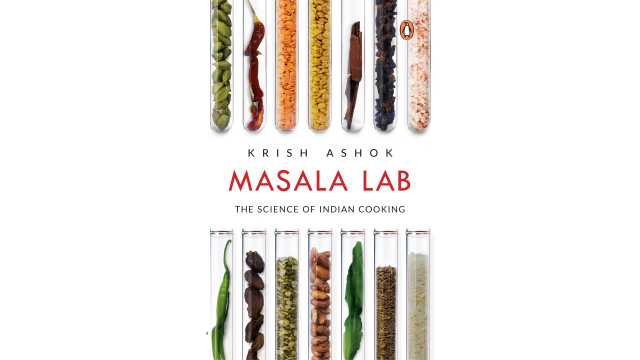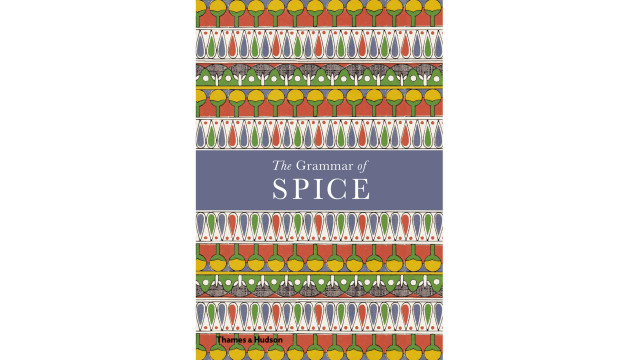Mace

Latin name: Myristica fragrans
Other names: Javitri (Hindi)
Uses: spice, preservative
What is mace?
An underappreciated twin of the aromatic spice nutmeg, mace is the bright-red, fine thread-like protective coating (aril) of the nutmeg kernel. Both spices are derived from the same tree. Mace is peeled from the seed that becomes nutmeg, then flattened and dried naturally with the extracted parts either being called “blades” or processed into a powder form. The yield is smaller than that of its famous sibling, making it much more valuable.
Why is mace healthy?
Like many spices, mace is full of nutrients, notably vitamins A and C and minerals like calcium, iron, and manganese. It’s full of antioxidants, among them lignans that are being looked at for potential anti-cancer properties. Mace is used traditionally as a multi-purpose treatment: anti-fungal, anti-depressant, aphrodisiac, and a digestive aid. It’s also often mixed into a paste with oil or water and applied as a topical treatment for inflammation, cuts, and bruises.
What does mace taste like?
Though it shares a flavor profile and aroma with nutmeg, mace has a sharper, warmer personality with spicy hints of pepper, a pungent kick like coriander, and the sweetness of cinnamon. While they share essential volatile oils, including myristicin and elemicin, which impart a sweet aromatic note to both spices, the overall taste is different.
How do I use mace?
Mace and nutmeg can be used interchangeably in recipes, but the former has a deeper, more intense sweet flavor and imparts a saffron-like amber color. The blades can be used whole to add fragrance to rice dishes, flavor stock or soups, and also create depth in curries and sauces, but should be removed before serving. The ground variant forms the base of several spice mixtures such as the Moroccan ras el hanout as well as the Indian garam masala, and can also enhance cheese-based dishes and sauces. As a popular ingredient in Northern Europe and the Indian subcontinent, it works well in meat and fish recipes such as English pork pie, Swedish meatballs, and Indian korma.
What does mace pair well with?
Mace shines brightest in desserts, sweet preparations, and baked goods. Doughnuts, pies and cakes benefit from a dash of this warm spice. Milk-based dishes such as custards, porridge, or kheer also sparkle with a sprinkle of mace.
Where does mace grow?
Indigenous to the Molucca Islands of Indonesia, which became the focal point of an international struggle between the Spanish, Portuguese, English and Dutch for dominance, nutmeg and mace have had a spicy, albeit bloody, history. The Dutch maintained a monopoly over the islands from the 1600s until World War II. In the 1770s, however, French adventurer Pierre Poivre smuggled a handful of plants to Mauritius. The British managed to take trees to some of its colonies as well, among them Grenada and Sri Lanka. Today, it’s grown across tropical regions from the Caribbean to China.
How to buy mace:
Mace is usually graded and sold in aforementioned “blades,” but most recipes call for the ground form. If you can, it’s better to buy the whole blades, roast them in a pan, and grind them to get an aromatic blend that, well-stored, will last you months.
Surprising mace fact:
Mace, like its sibling nutmeg, is toxic and can cause hallucinations and sickness when taken in high doses.


